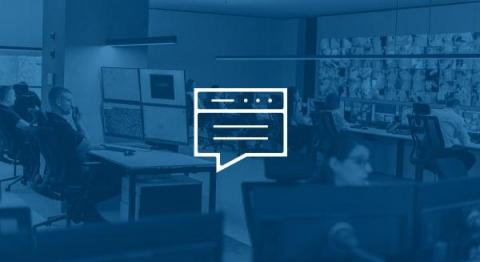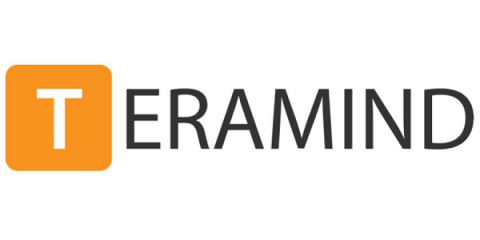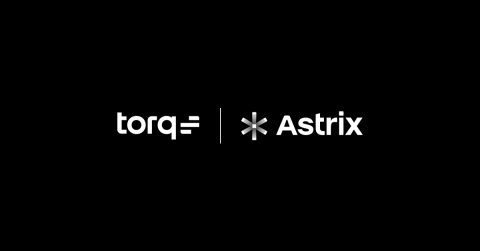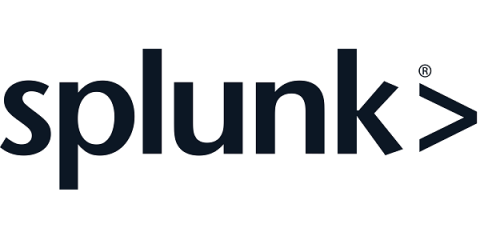How Much Does It Cost to Build a Security Operations Center (SOC)?
Having some form of a security operations center (SOC) to protect and secure your assets, applications, and infrastructure is no longer optional. As cyber criminals grow more sophisticated and modern complexities (remote work, the cloud, international operations) expand the attack surface, a SOC becomes a critical line of defense. It works proactively and reactively and can help an organization advance their security posture while dealing with immediate threats.











